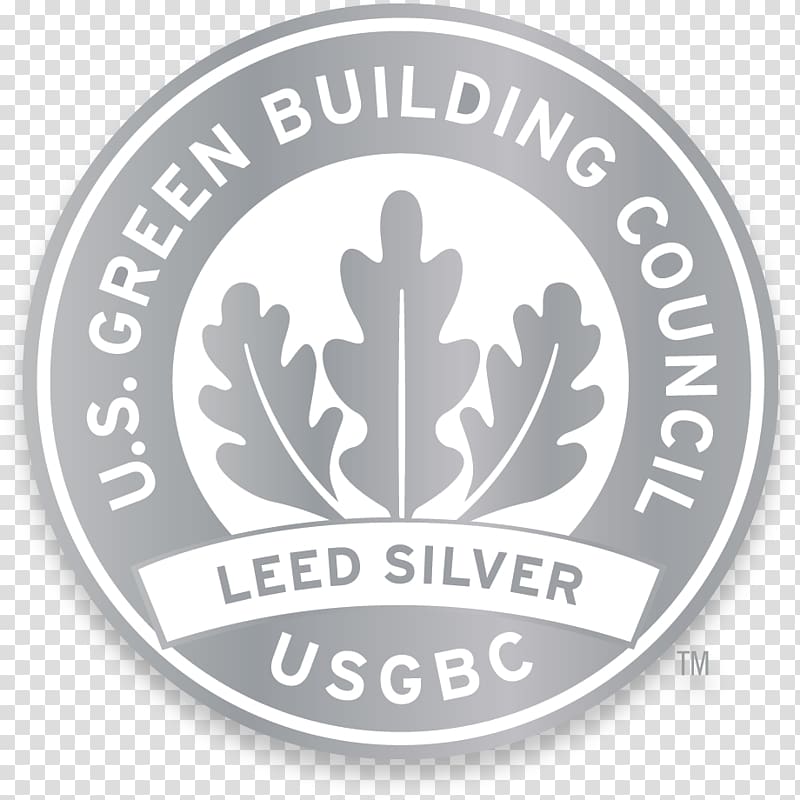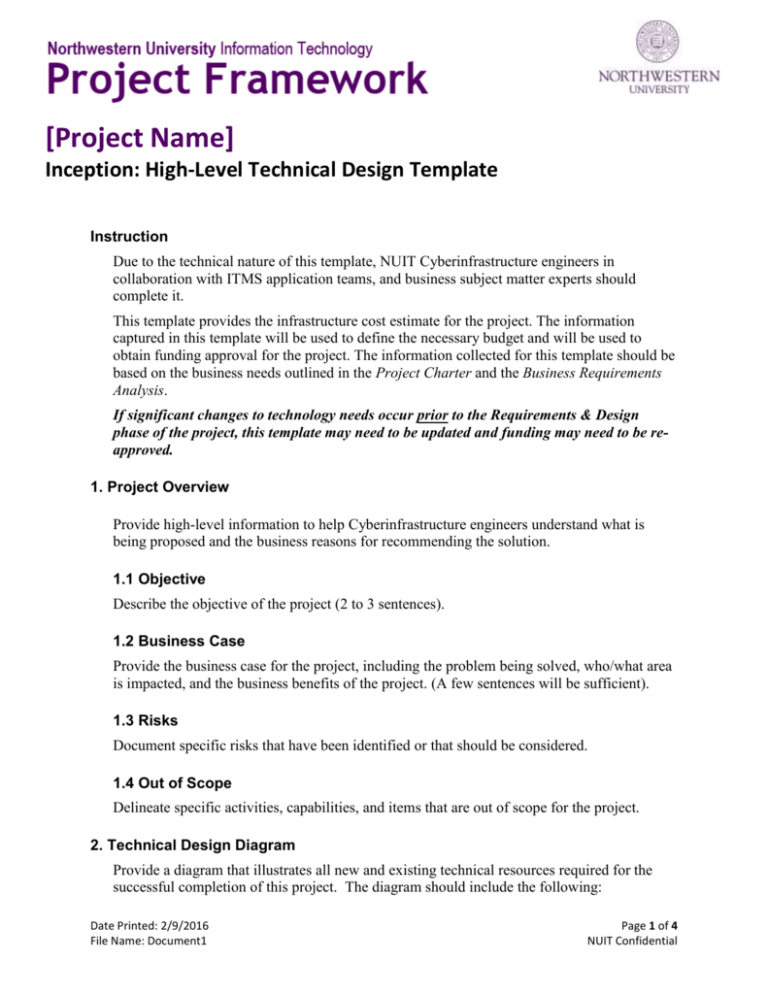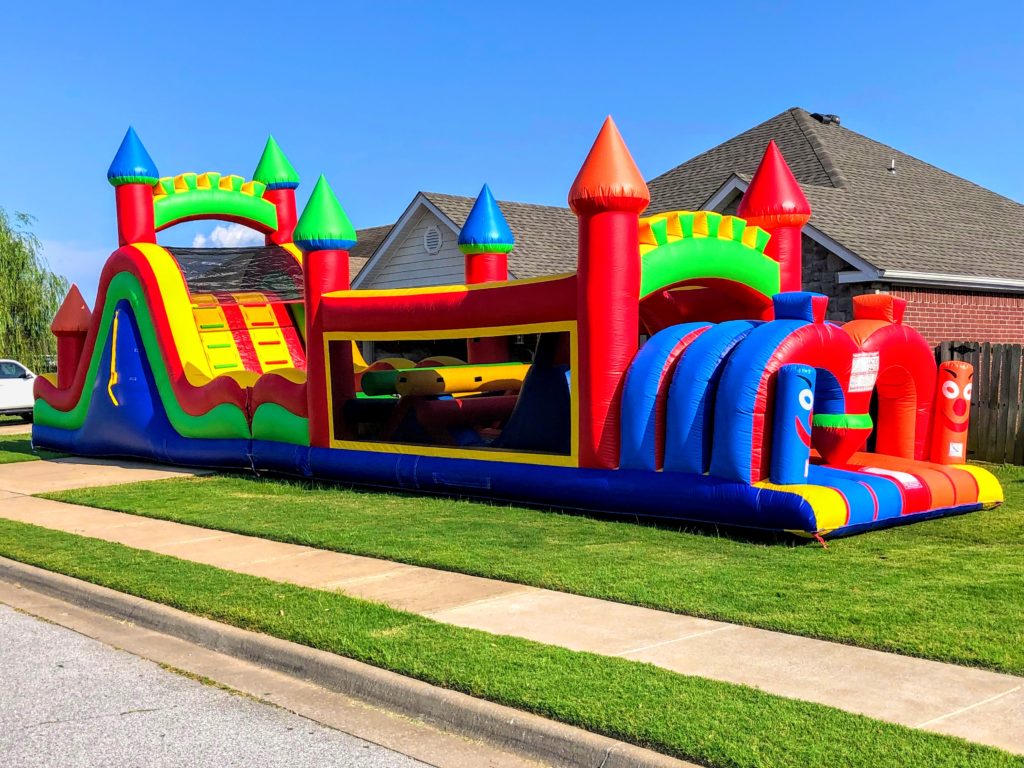Table Of Content

The aim of LEED 2009 is to allocate points "based on the potential environmental impacts and human benefits of each credit". These are weighed using the environmental impact categories of the EPA's Tools for the Reduction and Assessment of Chemical and Other Environmental Impacts (TRACI)[58] and the environmental-impact weighting scheme developed by the National Institute of Standards and Technology (NIST). These credits incentivize project teams to set early goals and collaborate together to achieve them, while also doing early analysis on water and energy systems for the best results.
List of rating systems
LEED standards face climate risk overhaul - E&E News by POLITICO
LEED standards face climate risk overhaul.
Posted: Tue, 09 Apr 2024 07:00:00 GMT [source]
In LEED v4.1, most LEED credits are related to operational and embodied carbon. These credits ask project teams to consider how people get to and from the project location for better human health impacts and lower environmental footprint, prioritizing locations with existing infrastructure and multiple transportation options. LEED Zero is a complement to LEED that verifies the achievement of net zero goals and signals market leadership in green building.
LEED Rating Systems
Amazon's climate-friendly HQ2 building is LEED Platinum certified - About Amazon
Amazon's climate-friendly HQ2 building is LEED Platinum certified.
Posted: Mon, 25 Mar 2024 07:00:00 GMT [source]
Those four states banned the use of LEED in new public building and use other industry standards that the USGBC has deemed lax. Except for the states of Alabama, Georgia, Maine, and Mississippi, many U.S. federal agencies and state governments require or reward LEED certification in new public buildings. LEED began in 1993 by the Natural Resources Defense Council (NRDC) senior scientist Robert K. Watson as a broad-based consensus of non-profit organizations, government agencies, architects, environmental engineers, developers, builders, product manufacturers and industry leaders. LEED has grown from a volunteer committee of six inspired people to over 100,000 staff, volunteers and professionals. Nearly 4 billion vehicle miles traveled have been avoided by occupants of LEED buildings, thanks to efficient locations and alternative transportation options. For new land development projects or redevelopment projects containing residential uses, nonresidential uses, or a mix.
What Skills Will I Learn Studying in a LEED Program?
LEED consists of rating systems for the all aspects of green construction from design through maintenance worldwide. The results showed occupants tend to be slightly more satisfied in LEED buildings for the air quality and slightly more dissatisfied with the amount of light. The latest version of the LEED green building certification program, LEED v5, is an important milestone in the effort to align the built environment with the Paris Climate Accord's 2030 and 2050 targets. The rating system addresses crucial issues such as equity, health, ecosystems, and resilience. LEED, or Leadership in Energy & Environmental Design, is the most widely used green building rating system in the world and an international symbol of excellence in green building. Green Building Council (USGBC), LEED certification ensures electricity cost savings, lower carbon emissions and healthier environments for the places we live, work, learn, play and worship.
Visit GBA's LEED credentials page to learn about these certification opportunities. These credits promote better indoor air quality and access to daylight and views. Every credit and prerequisite in LEED v5 has a connection to decarbonization, quality of life and/or ecological conservation, and this is annotated throughout the rating system so that project teams can easily shape their sustainability stories and communicate them.
LEED certification provides a framework for healthy, highly efficient, and cost-saving green buildings, which offer environmental, social and governance benefits. LEED certification is a globally recognized symbol of sustainability achievement, and it is backed by an entire industry of committed organizations and individuals paving the way for market transformation. Some U.S. federal agencies, state and local governments require or reward LEED certification. This can include tax credits, zoning allowances, reduced fees, and expedited permitting.
LEED-certified green buildings are better buildings.
Buildings generate nearly 30% of all greenhouse gases, and 35% of landfill waste, while consuming up to 70% of municipal water. The latest in sustainability, green tech, and community development straight to your inbox. Once certified, track your performance to ensure that you are getting the most from your LEED certification. As of 2023, University of California, Irvine currently has 32 LEED-certified (21 LEED Platinum and 11 LEED Gold) buildings across the campus.
Rating systems
LEED leans on the green building community to continuously improve and stay ahead of evolving government policy. CAGBC represents Canada in LEED’s international development process, and supports the market with certification, verification, education and training. CAGBC members play a vital role in this work, supporting Canada’s LEED Steering Committee and Technical Advisory Groups. While buildings that achieve LEED certification are referred to as LEED Certified, people who hold professional credentials relating to the rating system are referred to as LEED Accredited. Each LEED rating system has a corresponding LEED specialty for professionals.
The flexibility of LEED allows any project or building type, from office buildings to homes to churches to schools, an opportunity to pursue certification. USGBC has customized the LEED rating system so that projects can earn certification for new construction, interiors, existing buildings, homes, neighborhoods and even entire cities and communities. Ultimately, buildings are about people, and that is why LEED-certified buildings are a signal that human health and well-being was at the heart of its design. LEED (Leadership in Energy and Environmental Design) is the world's most widely used green building rating system.
Overall the results suggested a disconnection between assumptions in the models and the actual performance of buildings. Leadership in Energy and Environmental Design (LEED) is a green building certification program used worldwide.[3] Developed by the non-profit U.S. Green Building Council (USGBC), it includes a set of rating systems for the design, construction, operation, and maintenance of green buildings, homes, and neighborhoods, which aims to help building owners and operators be environmentally responsible and use resources efficiently.
LEED-certified buildings focus on occupant well-being, offering a healthier and more satisfying indoor space while addressing community and public health. The rating system focuses on strategies like banning smoking and reducing toxic exposure from materials to improve air quality. Active design and supporting the production of local, sustainable foods promote physical activity and healthy eating. LEED works because it recognizes that sustainability is key to the design, construction, and operation of all buildings.

Green Building Council (USGBC), LEED provides building owners and operators with a concise framework for identifying and implementing practical and measurable green building design, construction, operations, and maintenance solutions. New requirements for Platinum certification have been created addressing energy efficiency, carbon emissions and renewable energy use. Continuity across the building life cycle by aligning performance indicators and data needs from design and construction to operations and maintenance through performance monitoring. LEED has grown and evolved from the vision of one standard for new construction to encompass a wide array of interrelated measures from design through development and ultimately maintenance.
The United States Green Building Council reports many benefits and advantages to LEED certification. U.S. federal government agencies were some of the earliest adopters of LEED. Federal buildings are mandated to build to the highest level of efficiency as reported in government requirements.













